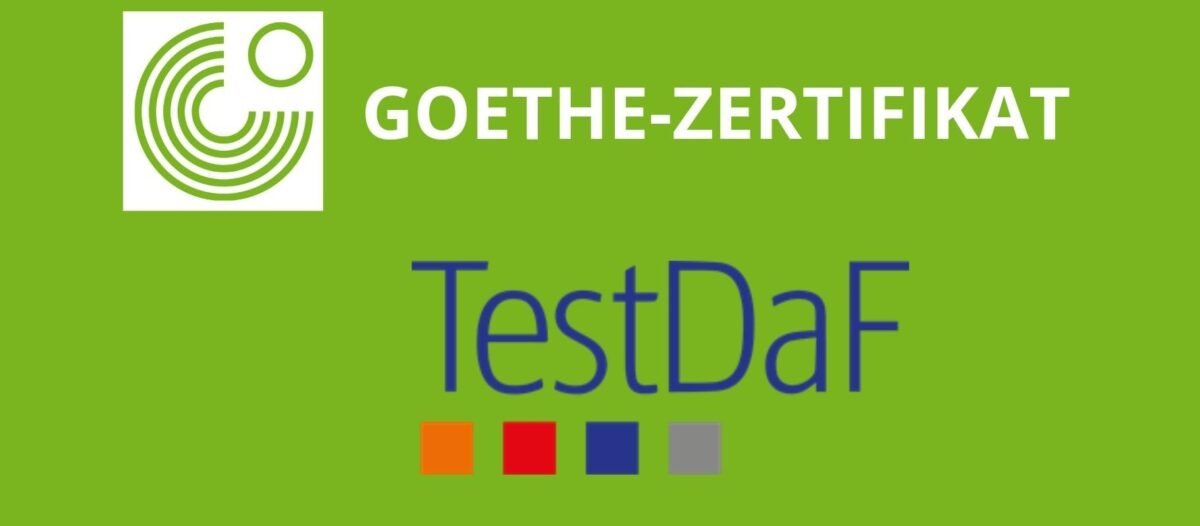Structure of the Goethe-Zertifikat
The Goethe-Zertifikat exams align with the levels of the Common European Framework of Reference for Languages (CEFR), ranging from A1 for beginners to C2 for the highest level of language proficiency.
- A1 and A2 (Basic) : These levels test the basic language skills needed for simple, everyday conversations and interactions, such as introducing oneself and asking and answering personal questions.
- B1 and B2 (Independent) : At these levels, candidates are expected to handle most situations encountered in daily, academic, and professional life. B1 emphasizes the ability to communicate about common, everyday tasks and situations, while B2 focuses on more complex language use in a variety of contexts.
- C1 and C2 (Proficient) : These are the most advanced levels, suitable for candidates who wish to study at a German university, work in a German-speaking environment, or prove they have a near-native command of the language. C1 and C2 test the ability to use the language in an academic or professional context and understand complex texts and discussions.
Components of the Test
Each exam typically includes the following sections :-
- Reading Comprehension : Assessing the ability to understand texts written in German.
- Listening Comprehension : Evaluating the understanding of spoken German in various situations.
- Writing : Testing the ability to compose texts in German, such as letters, essays, or reports.
- Speaking : Conducted either face-to-face with an examiner or as a pair or group activity, testing the ability to communicate orally in German.
Scoring
The Goethe-Zertifikat provides a detailed performance report for each section of the exam, with successful candidates receiving a certificate that indicates their proficiency level according to the CEFR.
Purpose and Usage
- Education : Many German universities require non-native speakers to present a Goethe-Zertifikat as proof of their German language skills.
- Work : Employers in German-speaking countries often require the Goethe-Zertifikat to ensure that potential employees can function effectively in a German-speaking environment.
- Immigration : Some German-speaking regions recognize the Goethe-Zertifikat as proof of language proficiency for residency and citizenship applications.
- Personal Development : For learners of German, achieving a Goethe-Zertifikat is a clear marker of their language proficiency and can be a personal or professional milestone.
Preparation
Preparation for the Goethe-Zertifikat exams involves familiarizing oneself with the test format, improving language skills through courses or self-study, and practicing with sample tests provided by the Goethe-Institut. Many language schools worldwide offer specific preparation courses for these exams.
Test Availability
The Goethe-Zertifikat exams are available at Goethe-Institut locations around the world and at various licensed partners. Tests are conducted several times a year, and registration can typically be done online or at the testing site.
Overall, the Goethe-Zertifikat offers a comprehensive and respected method of certifying German language proficiency, beneficial for a wide range of opportunities and recognitions globally.


